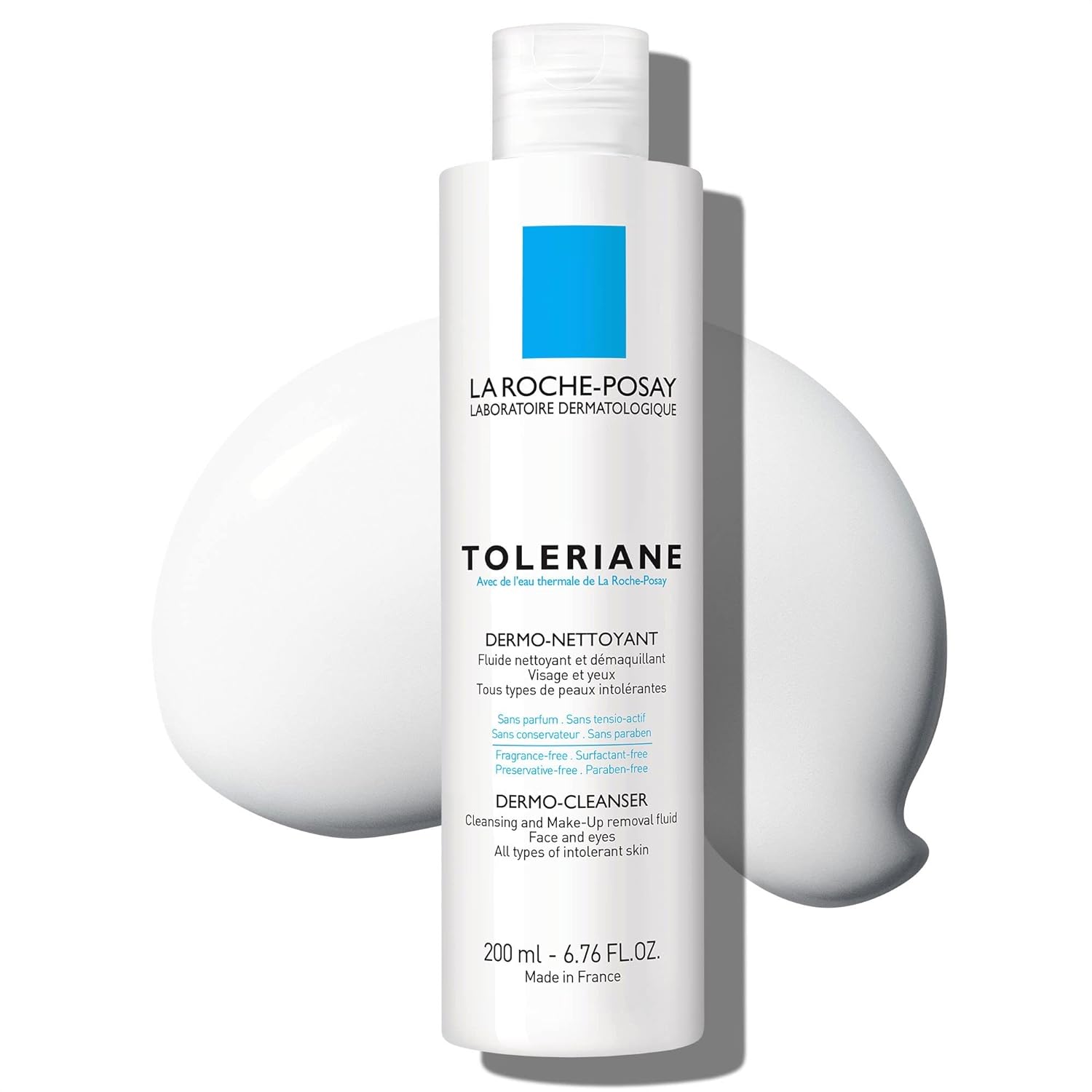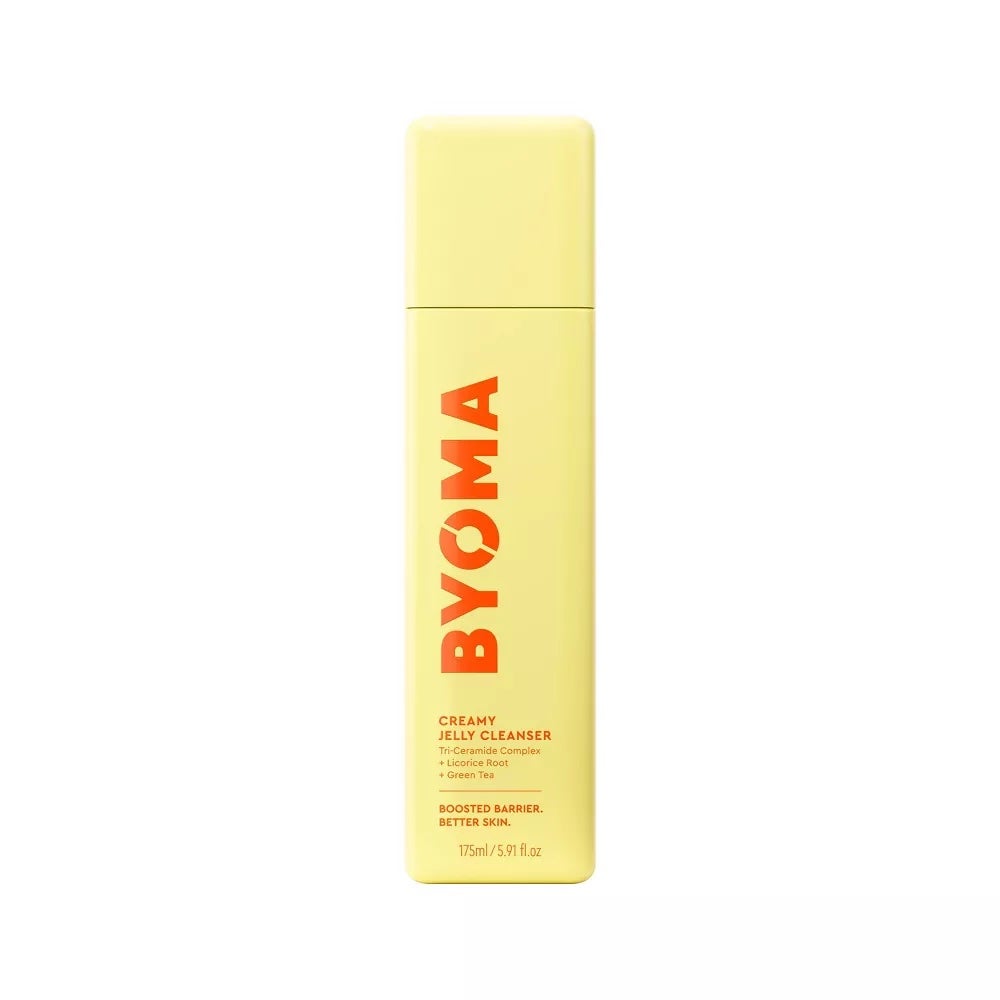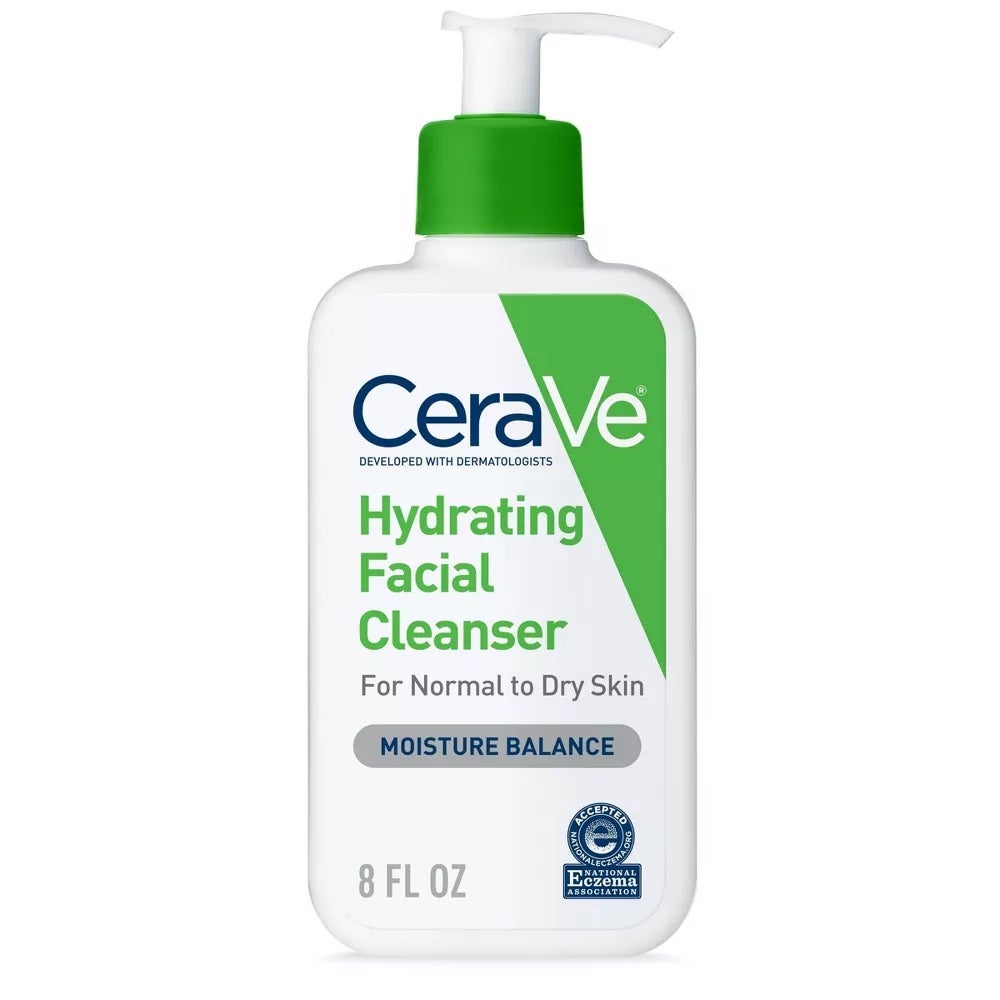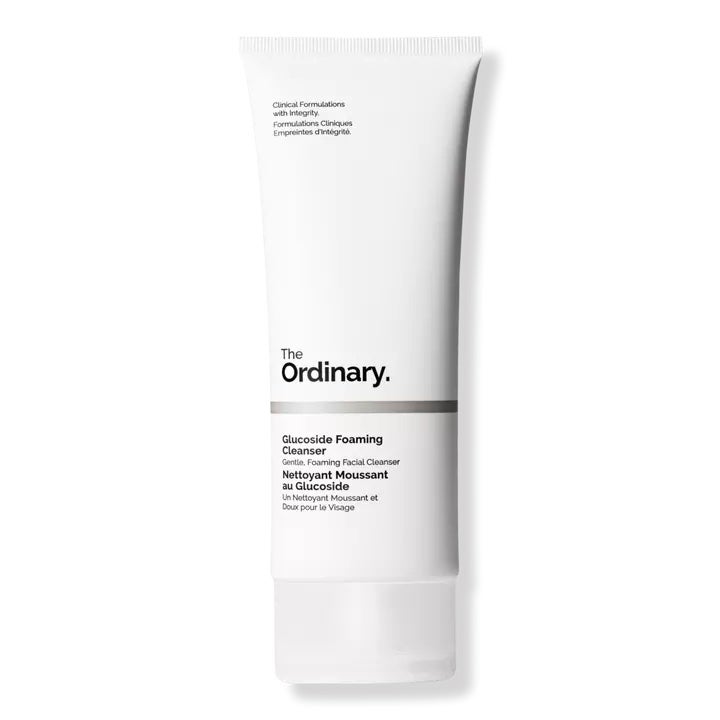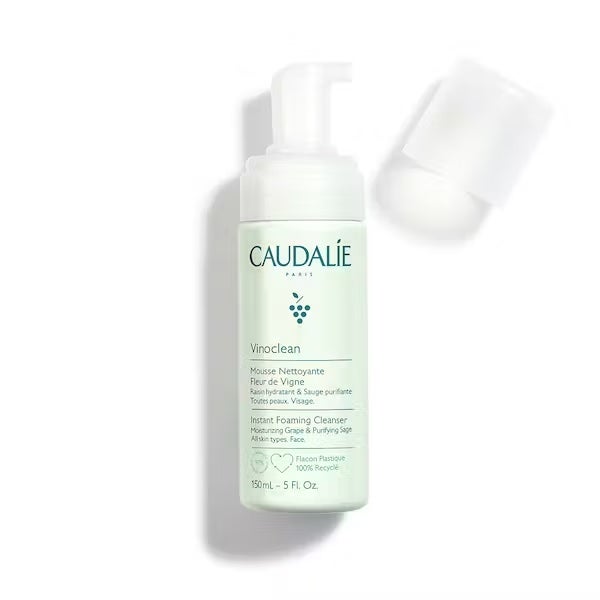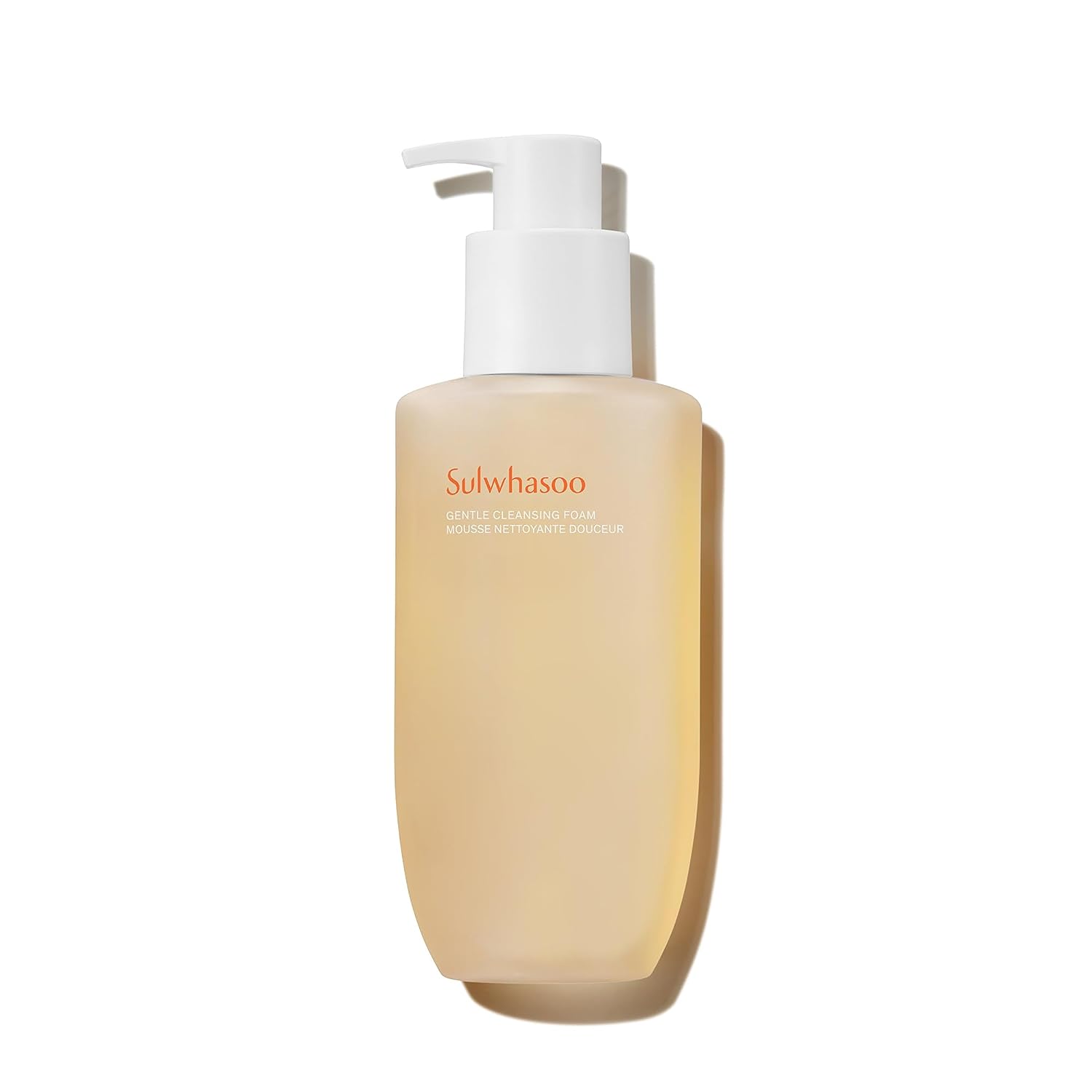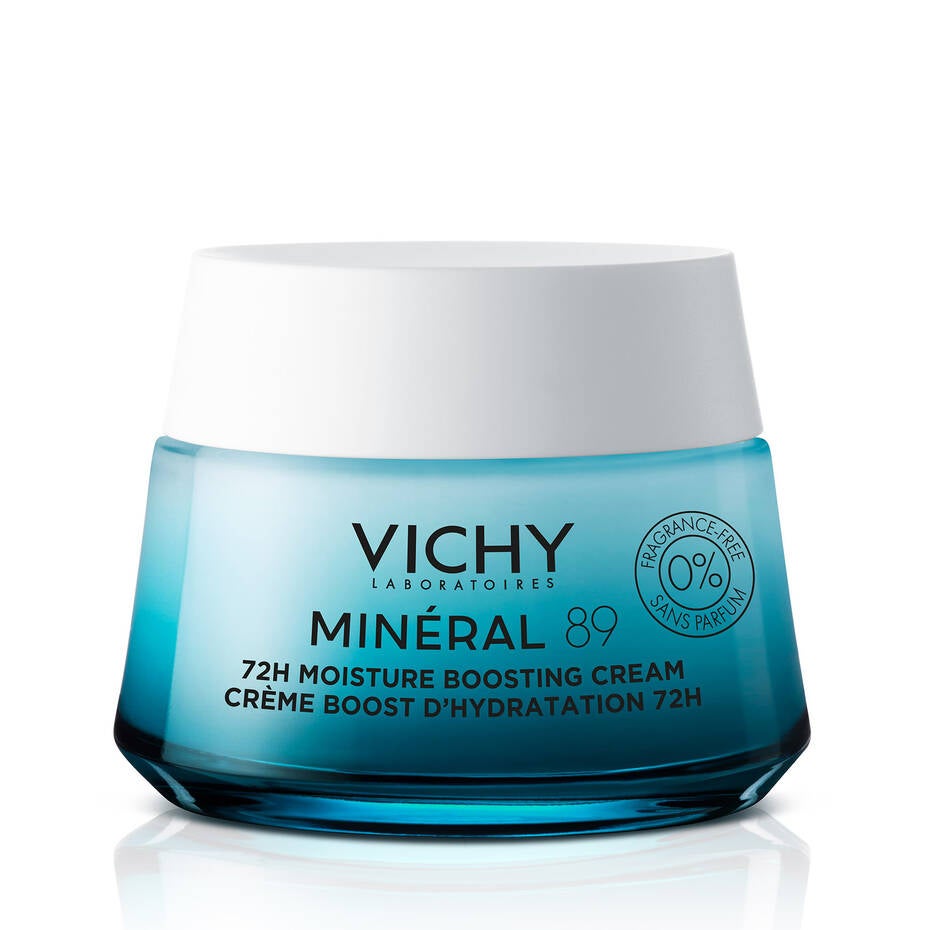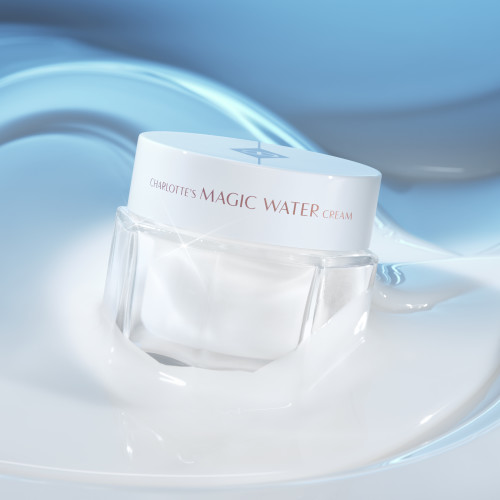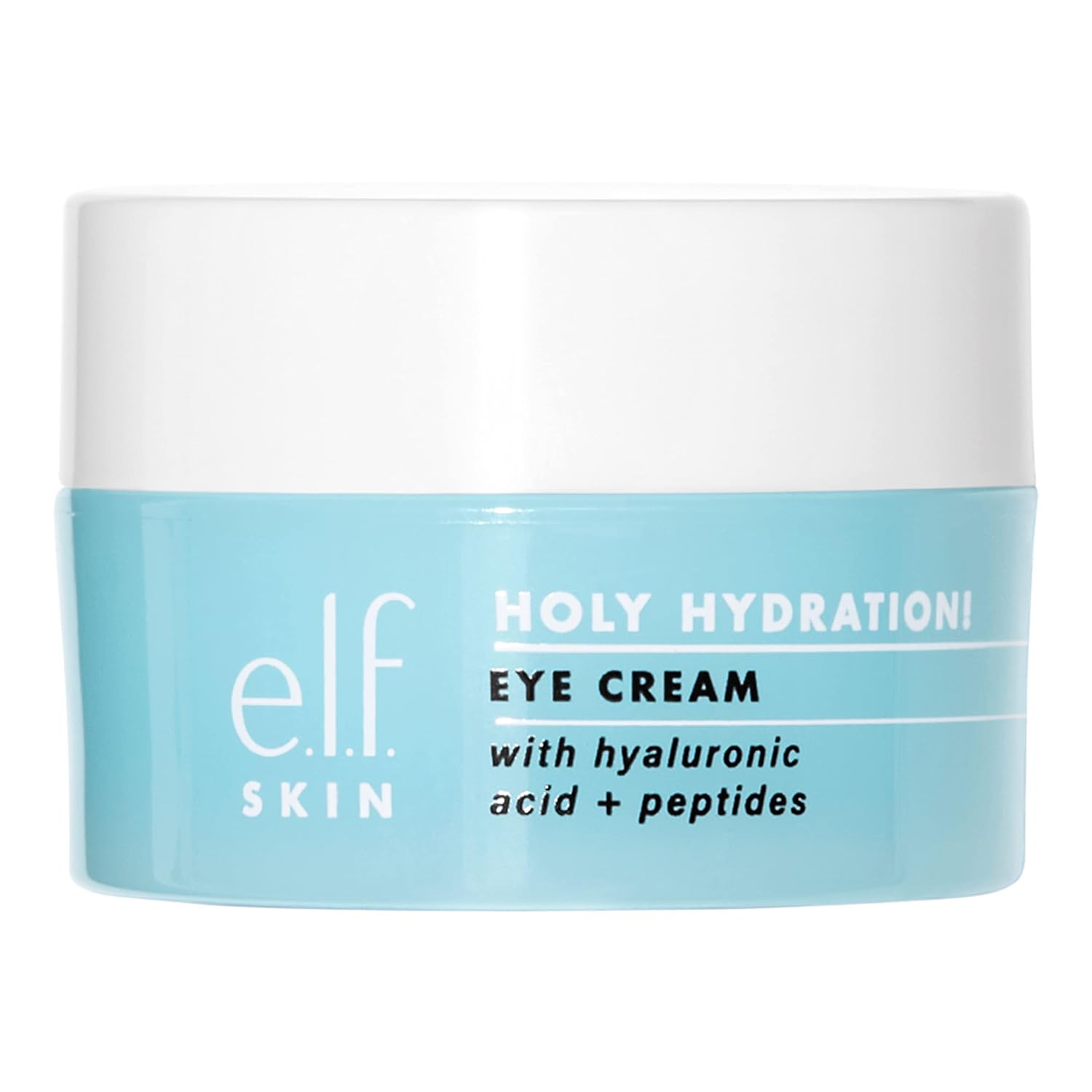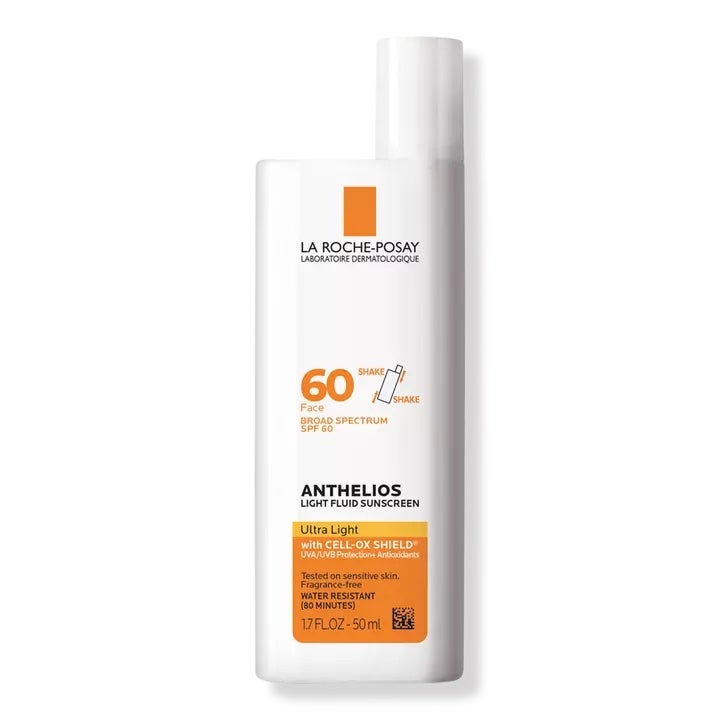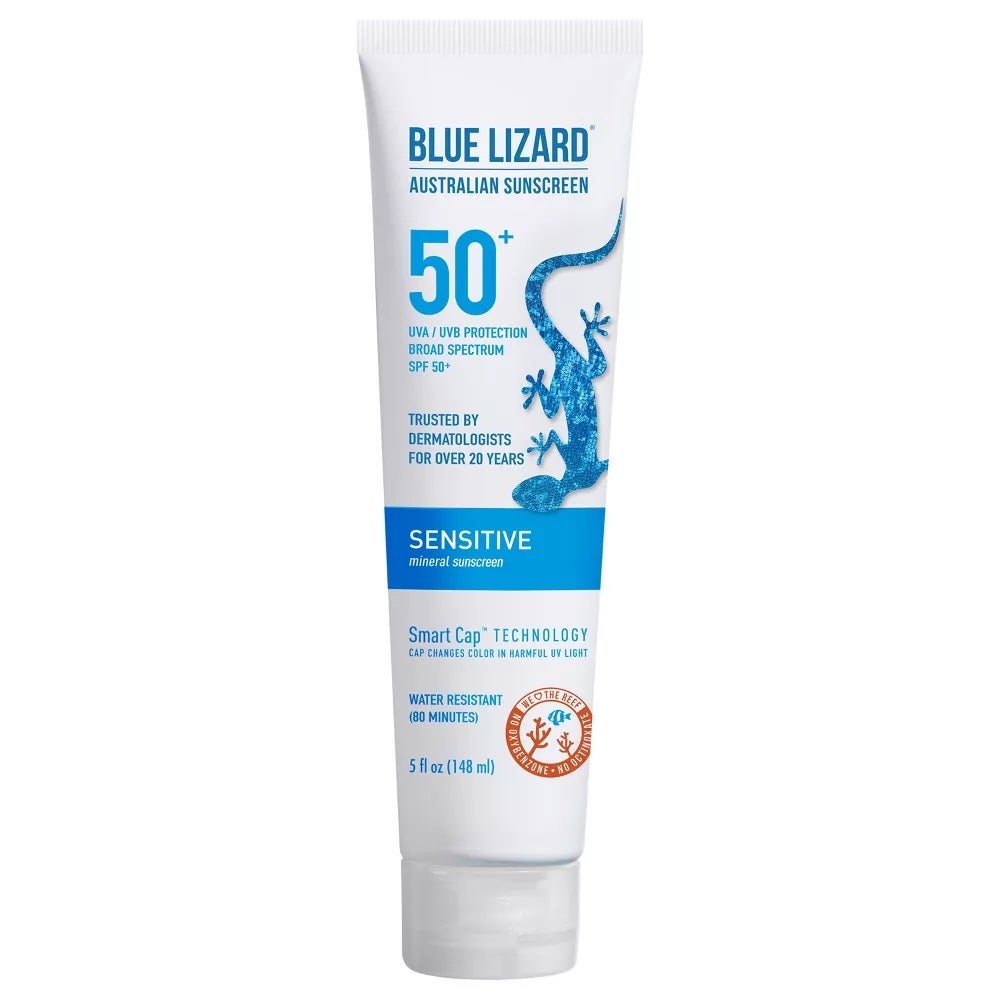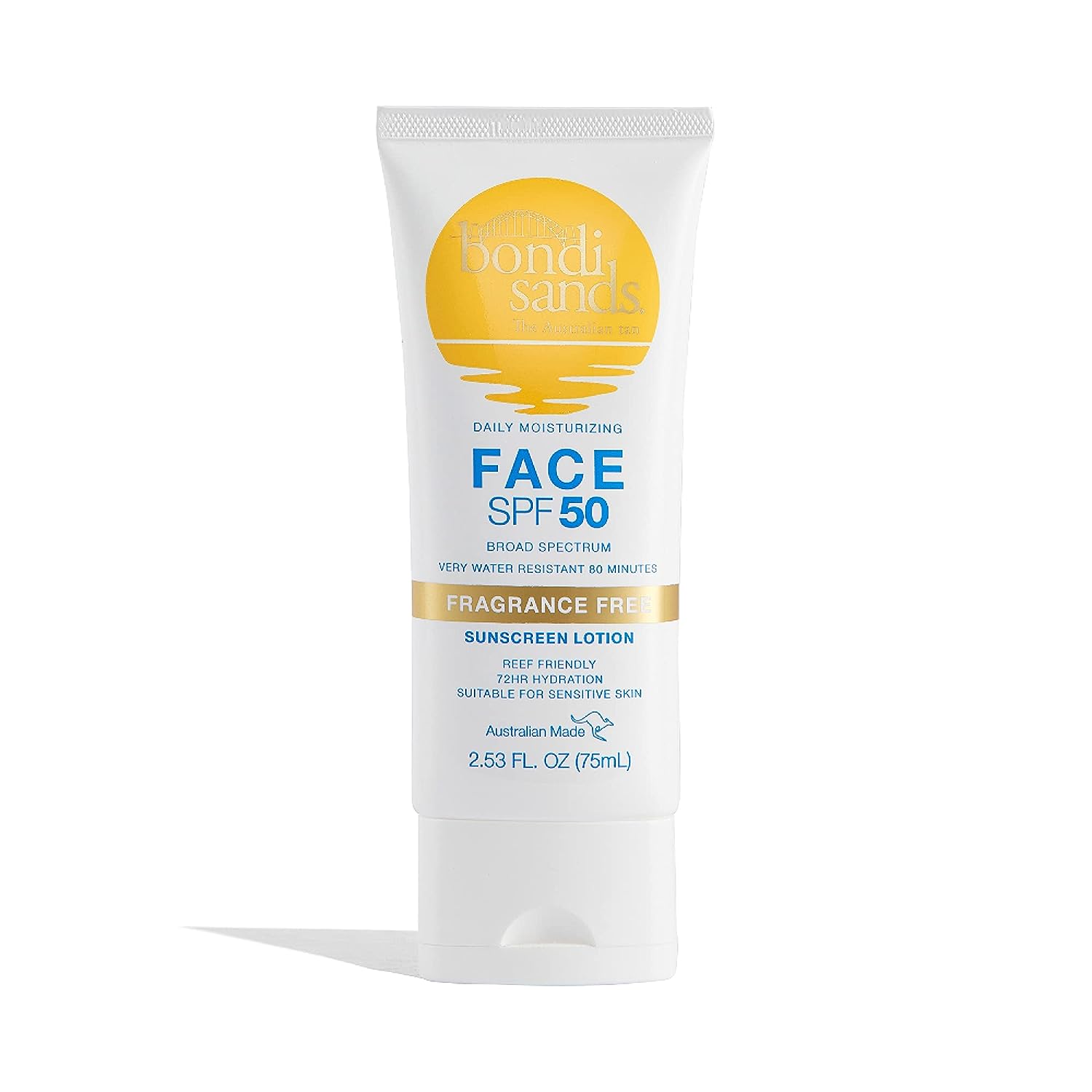From dry to oily, most skin types are pretty clear cut, but combination skin is something of an enigma. If you’re wondering how it’s possible that some areas resemble an oil spill and others the desert, you aren’t the only one. According to Google Trends, there have been a number of combination skin-related queries in recent months, ranging from the best skincare routines, to makeup products that won’t slide off of the T-zone and completely disappear on dry cheeks.
I’m in the same boat. For as long as I can remember, I’ve had oily, acne-prone skin, but something changed at the beginning of the year. While my nose and forehead were as slippery as ever, the rest of my skin was parched. I put it all down to a change in weather, or hormones, but it persisted. It wasn’t until I’d developed a family of painful breakouts on my forehead that I considered doing anything about it. But dermatologist appointments are few and far between, not to mention expensive — even if you do work in beauty. So when I realized that Dr. Justine Hextall, consultant dermatologist at Tarrant Street Clinic, was a guest at a recent event, I took the chance to divulge my skin gripes with one goal in mind: learning to take care of my newfound combination skin.
AdvertisementADVERTISEMENT
What is combination skin?
“People with combination skin often notice oiliness around the forehead and nose area in particular, but the cheeks are sometimes slightly dry, tight and sensitive,” explained Dr. Hextall. At that beauty event, Dr. Hextall told me that skin types such as oily skin or dry skin can be genetic or down to a change in hormones, for example. But what she said next surprised me: When it comes to combination skin, more often than not, the awkward existence of both oily and dry areas is a result of our personal skincare decisions, specifically using products which might be incorrect or too harsh for our skin.
Is combination skin a skin type?
“My experience tells me that, very often, combination skin arises when an individual focuses on removing oil and deep cleansing the skin,” said Dr. Hextall, a lot of the time with “stripping” cleansers. It made perfect sense. I had switched to a foaming cleanser which contained quite a high percentage of glycolic acid to smooth uneven skin texture. Don’t get me wrong: Foaming cleansers and exfoliators certainly have their place in skincare, especially for those with very oily and acne-prone skin. But overusing them — or not following the instructions — could land your skin in trouble.
Stripping the skin can create an “imbalance” in the skin barrier, said Dr. Hextall, the outermost layer of your skin, which keeps “good” things in (think moisture) and “bad” stuff out (like bacteria). If your skin barrier is imbalanced or damaged, it will lose water, which will make it dehydrated, dry, flaky and dull, said Dr. Hextall. I had all of the above, but why was my skin oily, too? “Oil persists as this is the skin’s natural protection against moisture loss,” said Dr. Hextall. “When the skin is dehydrated, it may even stimulate the oil glands to produce oil to compensate.” Dr. Zainab Laftah, consultant dermatologist and British Skin Foundation spokesperson, echoes Dr. Hextall. She said that overusing skin exfoliators in particular (including leave-on products and rinse-off cleansers) can initially reduce oil content in the skin barrier, which is great if that’s what you’re trying to achieve. But like Dr. Hextall, she added that continued use of these drying active ingredients can then lead to a “compensatory overproduction” of oil.
AdvertisementADVERTISEMENT
What is the best skincare routine for combination skin?
If your skin is simultaneously dry and oily, you might want to rethink your skincare routine, starting with your cleanser. “Look for gentle cleansers that won’t change the pH of skin or disrupt the delicately balanced microbiome [the beneficial bacteria that lives on our skin],” Dr. Hextall advised me. It seems there’s data to back up the benefits of the gentle cleansing approach, too. She pointed to a 2009 study in which skin was stripped using acetone. “The result was a change in the lipid [fats or oils] of the skin,” said Dr. Hextall. “It also suggested that the stripping method removed the top layer of the skin, leaving the skin barrier vulnerable to moisture loss.” More recently, a 2022 study showed that soap-based and synthetic cleansing products negatively affect the skin by disrupting the barrier and dissolving lipids (or oils) in the skin.
Dr. Hextall hinted that my cleanser was likely all wrong and recommended that I try La Roche-Posay Toleriane Dermo Cleanser instead. This lightweight gel cream is miles away from the sudsy, foaming cleanser I was using previously. It doesn’t lather up, for one, but it slices through oil, sunscreen and heavy makeup efficiently, and the best part is that it makes my skin feel comfortably clean afterwards — not as though it might shatter. I also suggest CeraVe Hydrating Cleanser and Byoma Creamy Jelly Cleanser.
AdvertisementADVERTISEMENT
When you cleanse your skin it shouldn't feel tight or dry afterwards, said Dr. Hextall. It should feel comfortable and you shouldn't feel the need to reach for your moisturizer immediately — nor regularly throughout the day. “Very often, when I settle my patient’s skincare routine to include gentle, hydrating products that help to rebalance the skin barrier, they report their skin feeling calmer and less inflamed,” reported Dr. Hextall. She also said that her patients notice fewer breakouts, which makes sense to her, as the oil glands aren’t “over-producing” oil. Sure enough, within a few weeks of switching to a more gentle cleanser, my excessively oily, spotty forehead abated and my skin didn’t sting every time I applied my moisturizer.
If you like the feel of a foaming cleanser, Dr. Laftah said that gentle versions (followed by a lightweight gel moisturizer) are better during the summer when you’re likely to sweat more. (R29 recommends The Ordinary Glucoside Foaming Cleanser, Sulwhasoo Gentle Cleansing Foam and Caudalie Vinoclean Gentle Foaming Cleanser.) During the cold winter months, though, Dr. Laftah said that we’re more prone to moisture loss (thanks to less humidity in the air) so skin has a tendency to be drier. “Therefore, a hydrating cleanser and a lightweight cream moisturizer is needed,” said Dr. Laftah. When it comes to moisturizer, the word “lightweight” is key for combination skin. I’m currently using Vichy Minéral 89 72hr Moisture Boosting Cream, a fragrance-free gel cream that is substantially moisturizing (helpful for my dry cheeks) but doesn’t make my T-zone look or feel greasy throughout the day. Also try Charlotte Tilbury Charlotte’s Magic Water Cream and e.l.f. Holy Hydration Day Cream (it can be used in the evening, too).
AdvertisementADVERTISEMENT
Of course, no skincare routine is complete without sunscreen. I love Ultra Violette Fave Fluid SPF 50+ Skinscreen, which is a featherweight, milky lotion, and La Roche-Posay Anthelios Ultra Light Fluid Face Sunscreen. If you have a lower budget, try Bondi Sands Sunscreen Lotion SPF 50+ and Blue Lizard Sensitive Mineral Sunscreen Lotion - SPF 50+.
So what of active ingredients like exfoliating acids and retinol? Can you still use them? Of course: “Actives can be helpful, particularly when treating photo damage,” said Dr. Hextall, aka sun damage, which can present as pigmentation and fine lines. These ingredients are also highly beneficial for minimising breakouts and fading the skin staining left behind by said spots (also known as post-inflammatory hyperpigmentation). Just ensure that your skin barrier is comfortable and healthy first, suggested Dr. Hextall, not dry, itchy or inflamed. Crucially, added Dr. Hextall, always balance these active ingredients with calming, hydrating skincare for optimal results. For example, if you’re using an exfoliating toner or a potent retinol serum, continue using a gentle, hydrating cleanser and consider what dermatologists call a “bland” moisturizer (containing very few ingredients) to go with it. (The aforementioned light moisturizers would make a great addition.)
AdvertisementADVERTISEMENT
To Dr. Hextall, it’s clear that maintaining a robust, healthy skin barrier is important for long term skin health, and now, I’d have to agree. Since toning down the potent ingredients and swapping out the harsh cleansers in my own routine, my skin feels balanced and it’s probably the smoothest, clearest and brightest it has been in a while. I have far fewer breakouts and I don’t feel the need to top up my moisturizer — or reach for the blotting papers — multiple times a day.
Sometimes, all you really need is a gentle hand.
This story was originally published on Refinery29UK.
At Refinery29, we’re here to help you navigate this overwhelming world of stuff. All of our market picks are independently selected and curated by the editorial team. If you buy something we link to on our site, Refinery29 may earn commission.
AdvertisementADVERTISEMENT







